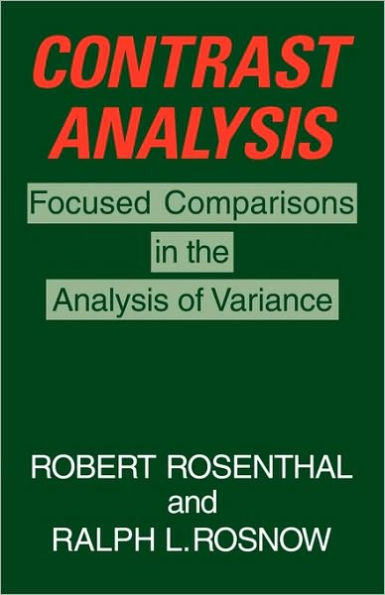5
1
9780521317962


Contrast Analysis: Focused Comparisons in the Analysis of Variance available in Paperback

Contrast Analysis: Focused Comparisons in the Analysis of Variance
- ISBN-10:
- 0521317967
- ISBN-13:
- 9780521317962
- Pub. Date:
- 04/26/1985
- Publisher:
- Cambridge University Press
- ISBN-10:
- 0521317967
- ISBN-13:
- 9780521317962
- Pub. Date:
- 04/26/1985
- Publisher:
- Cambridge University Press
38.99
In Stock

Product Details
| ISBN-13: | 9780521317962 |
|---|---|
| Publisher: | Cambridge University Press |
| Publication date: | 04/26/1985 |
| Edition description: | New Edition |
| Pages: | 120 |
| Sales rank: | 744,727 |
| Product dimensions: | 5.98(w) x 9.02(h) x 0.43(d) |
From the B&N Reads Blog
